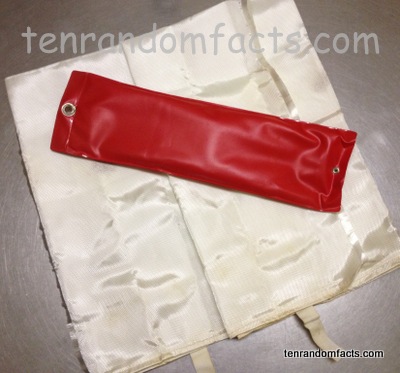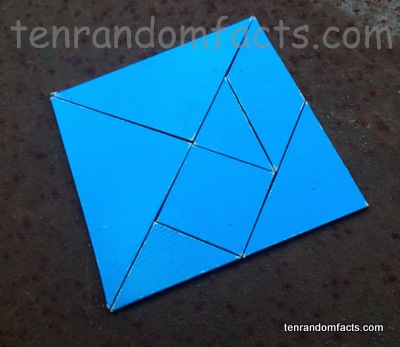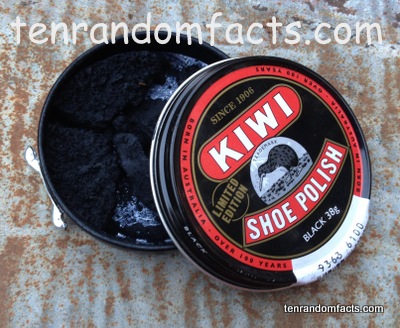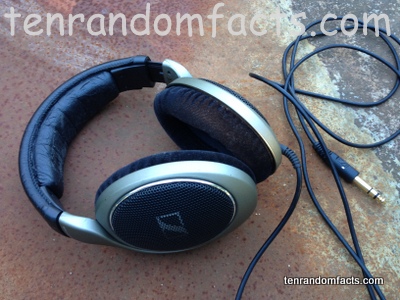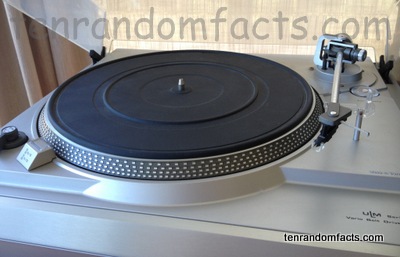
Magical lenses.
- Glasses are also known as ‘eyeglasses’ and ‘spectacles’.
- Glasses are used to help correct one’s vision, or give protection to they eyes from something, such as the sun.
- Glasses were first made in Italy in about 1286, although the concept of magnification was discovered before 400BC Egypt.
- Some glasses, called ‘safety glasses’ are used to protect eyes from chemicals, potentially dangerous machinery, and fragments or debri that may lodge in the eye.
- Some glasses have special lenses that create a visual 3D effect when wearing them, so one can watch a film in 3D.
- Modern glasses sit on the nose, have two lenses usually made from polycarbonate or other plastic, and are supported by arms that rest on the ears.
- In the 1500s and 1600s, demand for glasses greatly increased due to the accessibility of books to the general public, and then the release of newspapers, and merchants were commonly seen in streets selling them.
- Some older glasses don’t have ear supports or have one lens such as the pince-nez and the monocle.
- Some glasses, called sunglasses, have dark lenses, to darken bright light from the sun and protect the eyes from UV rays.
- It is estimated that approximately 64% of adult Americans wear glasses.




